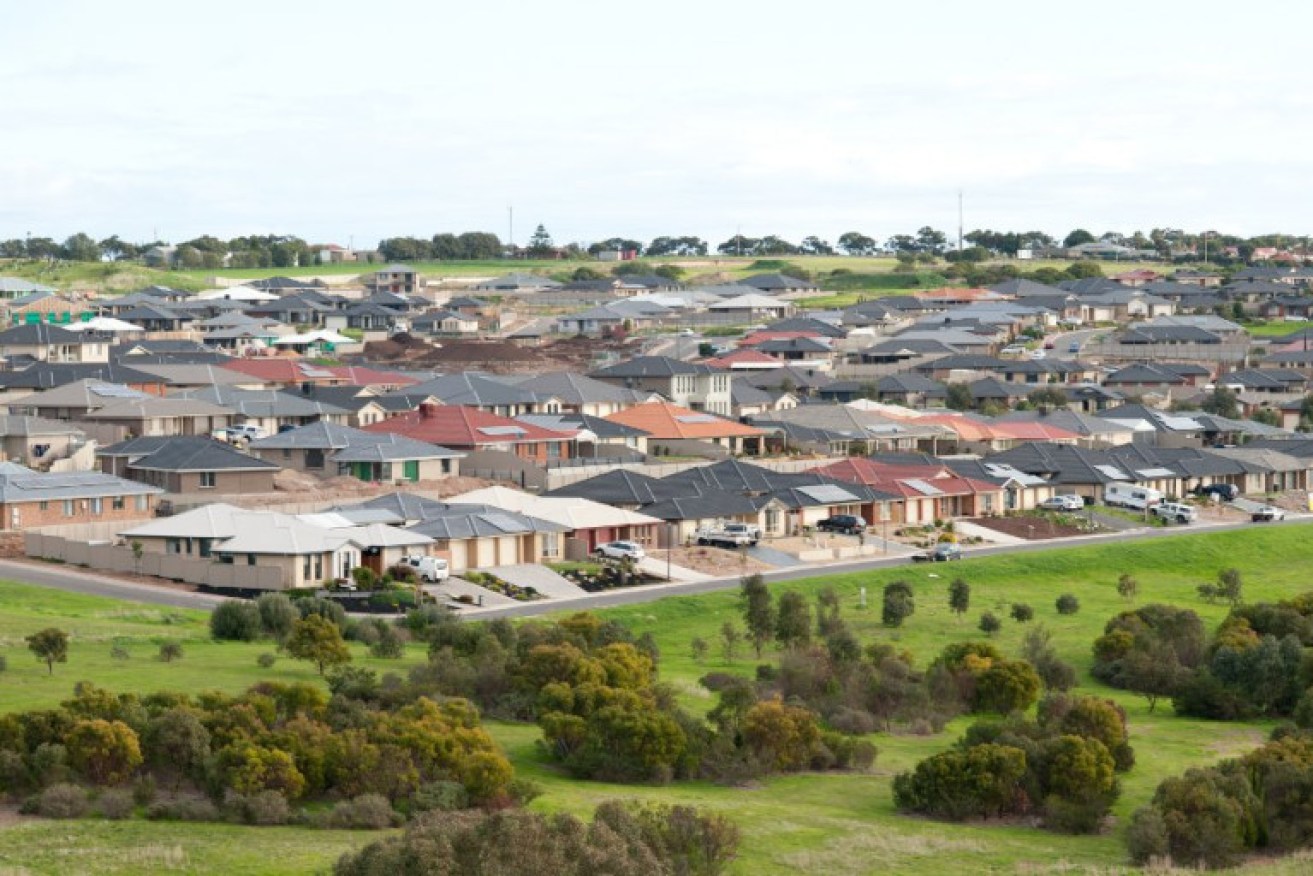We must embrace smaller homes

Large, suburban homes are a waste of space, argue Justin Payne & Jane Monk.
Australians waste space; we are so used to our boundless plains that we don’t think too hard about making the best use of it.
Houses are often compartmentalised into mono-functional spaces, with dedicated guest rooms, rumpus rooms, parents’ retreats and extra bathrooms. They lack the critical design finesse and flexibility embraced by other cultures more accustomed to packing more function into smaller spaces.
The great Australian dream of the detached house on a suburban block is entrenched in our collective psyche, but must evolve with our cities as they become dense, multi-cultural, urbanised centres, with increasing pressure on housing supply.
We are advocates for smaller-footprint homes – and as designers, we promote quality over quantity. We live in inner-city Adelaide in a 55sqm home.
After leaving our large family homes, and with limited means, we have intentionally sought out small, smart living spaces. We believe clever, well-designed small dwellings can offer superior comfort, security and amenity than the standard 200+sqm average Australian house can provide.
While the trend for ever-larger houses is slowing, thanks partly to the economic downturn, there is still an underlying belief that a bigger house will better suit the owners’ needs and better reflect their status – that it will make their lives better.
For most of us with real-world budgets, this is a dangerous and outdated notion derived from trying to outdo the Joneses with ever more “blandiose” houses.
With smaller families and shrinking household sizes, the largest growth sector in many residential markets is actually single-person homes, where a large amount of space is not necessary.
Many new small dwellings are “lite” versions of traditional family homes and suffer from similar faults. There is also often an assumption that they are temporary dwellings, a tenant’s stepping stone before they buy a “real” house and so they will therefore accept average design.
Poor small-house design has led to an unfortunate perception that small is intrinsically inadequate, while our culture reinforces big as better. A revolution in small-house design with clever, high-quality concepts can help change attitudes.
Environmental, economic and social factors all point towards the desirability of small homes.
The environmental impact of locating one family in a dispersed McMansion compared with a compact, denser home with efficient infrastructure seems obvious. Domestic dwellings contribute around 40 per cent of our country’s CO2; surely anything we can do to minimise this is beneficial.
Everyone talks about the housing affordability crisis. Small houses can be a way to access the housing market, but why do we need to move “up in the world” into “bigger and better” things? A flexible and considered small house offers equal amenity to that perceived to exist in houses many times larger.
Why do many people yoke themselves to enormous debt for unnecessarily large homes?
The economic situation Australia currently faces should prove that big houses have become nooses around many peoples’ necks, with mortgage stress exacerbated by associated larger maintenance costs, heating, cooling and energy consumption. We argue that smaller houses allow a richer, more fulfilled lifestyle, as paying less income on the mortgage allows us to do more in our lives.
Our appreciation of smaller homes is driven by more than finances and the environment. We chose a small house to enable purchasing in our preferred location, close to lifestyle-enhancing factors.
We gain more from our mini home than a larger suburban house of equivalent cost would have afforded. Time travelling from further suburbs or time cleaning a larger house is saved, and spent living. Our lives stretch beyond the small home – city restaurants extend our kitchen, our living room is supported by pubs or libraries, our garage is the entire public transport system and the parklands become our garden – and the city benefits from increased vitality.
A smart, well-designed small home wants for nothing that the larger house has in terms of amenity. Multi-functional, adjustable and overlapping spaces can support all the same activities. Good design allows evolution over the life of the building to accommodate changing needs.
Australians move house every five to nine years. Is this because our dwellings are not flexible enough to accommodate change? Responsive design could facilitate different life phases from starting out, becoming the family home, then retirement.
Our own home is still a work in progress and will evolve with us over time, but will always be contained by our 90sqm block and our desire to do more with less.
We believe carefully-tailored small homes could suit anyone. The financial, environmental and social benefits of going small and actually living far outweigh the mindless pursuit of size over substance.
Justin Payne and Jane Monk are architects in their professional lives but theoretically reinvent the world in their spare time as the Small Collective think-tank.




